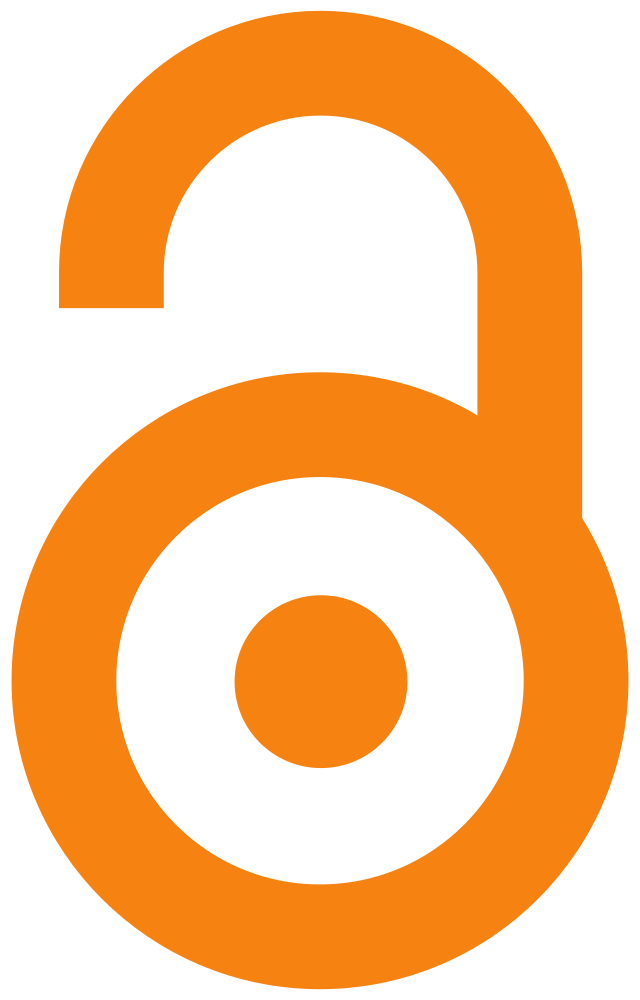A Short Course in Copyright for NWACC Faculty
Start Here: Know the Basics
NWACC faculty use a wide range of materials to support learning — from readings and lecture slides to music, videos, and online tools. But not all uses are automatically allowed under copyright law.
This section will help you understand when you can use content freely, when you need to assess fair use or the TEACH Act, and how to find materials that don’t require permission.
💡 Tip: If you're not sure where to start, explore Fair Use for classroom content or the TEACH Act for online instruction.
Know the Rules: Copyright Exceptions for Educators
U.S. copyright law includes several important exceptions that support educational use of copyrighted materials. These help instructors use readings, media, and other content in both face-to-face and online teaching
-
17 U.S.C. §107 – Fair UseDefines the four-factor test for determining whether a copyrighted work may be used without permission.
-
17 U.S.C. §110(1) – Face-to-Face Teaching ExemptionAllows the performance or display of copyrighted works during in-person classroom instruction at nonprofit educational institutions.
-
17 U.S.C. §110(2) – TEACH Act (Distance Education Exception)This subsection of 17 U.S.C. §110 allows limited digital performance and display of copyrighted works in distance education. It applies only when institutions and instructors meet specific conditions set by the TEACH Act.
What You Can Use Without Permission
Many instructional materials can be used freely without additional copyright steps. These include content you create or access through trusted educational sources.
- Materials in the public domain
These are no longer under copyright and may be used without restriction. - Content with open licenses
Includes works with Creative Commons licenses that allow reuse under specific conditions. - Library-licensed content
Articles, eBooks, and streaming media available through library databases, when linked using permalinks. - Your own original work
Content you created and own, such as lectures, slides, or original writing. - Open Access scholarly research
Research publications that are freely available online with few or no restrictions.
💡 Tip: Looking for ready-to-use content? Explore our Creative Commons, Public Domain, Open Access, and OER resources.
What Needs a Closer Look
Some instructional uses fall into gray areas where copyright status or permissions may not be clear. These situations often require additional review, limitations on access, or formal permission.
- Multiple chapters from the same textbook
Even if used across different weeks or modules, this may exceed fair use. - Entire films or performances
Streaming full works often requires licensing, even for educational use. - Sheet music or full song recordings
These are especially restricted and often excluded from fair use or library licenses. - PDFs posted repeatedly across semesters
Reusing scanned content long-term may require permission or linking alternatives. - Materials shared outside of Canvas
Posting to open websites or sharing directly with students not enrolled may exceed fair use.
💡 Tip: Not sure if your use qualifies? Use the Fair Use Checklist to document your decision and reduce risk.
-
University of Arkansas Fair Use ChecklistThe official fair use checklist per NWACC policy.
Use Open Access Content for Fewer Restrictions

Open Access research is scholarly work made freely available online. OA content is often published with fewer restrictions and may be reused, excerpted, or linked to without formal permission.
OA publishing increases access for students, reduces reliance on paywalled articles, and simplifies course material selection for instructors.
💡 Tip: Many Open Access journals meet the same peer-review standards
Use Open Licensed Content for Maximum Freedom

Open Educational Resources (OER) are teaching and learning materials that carry open licenses, often Creative Commons. These licenses allow free reuse, revision, and sharing — as long as conditions are followed.
OER can include textbooks, lecture slides, assignments, and multimedia. Using them helps lower student costs and gives you greater flexibility to customize content.
💡 Tip: Explore our OER guide to find quality materials that support access and creativity in your teaching.
Explore Educational Use
Not sure what's allowed in class, online, or in Canvas? Use these quick guides to explore common classroom scenarios and how copyright applies.
- TEACH Act & Online Instruction
- Copyright & Canvas
- Using Films in the Classroom
- Photocopying for the Classroom
- Copying Music for the Classroom
💡 Tip: Each link opens a focused page in this guide. Start with the one that best fits your teaching style.
- Last Updated: Dec 9, 2025 10:28 AM
- URL: https://library.nwacc.edu/copyrightshortcourse
- Print Page
